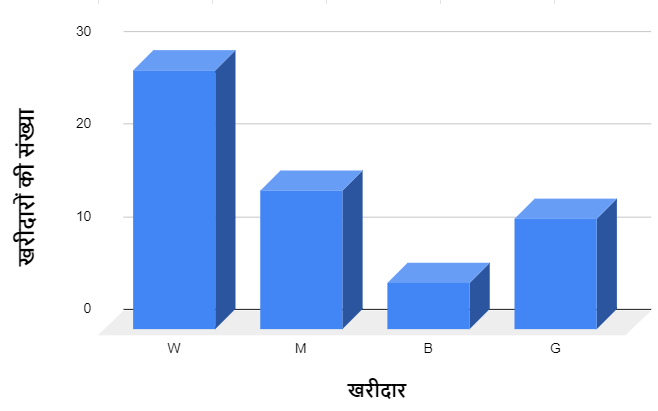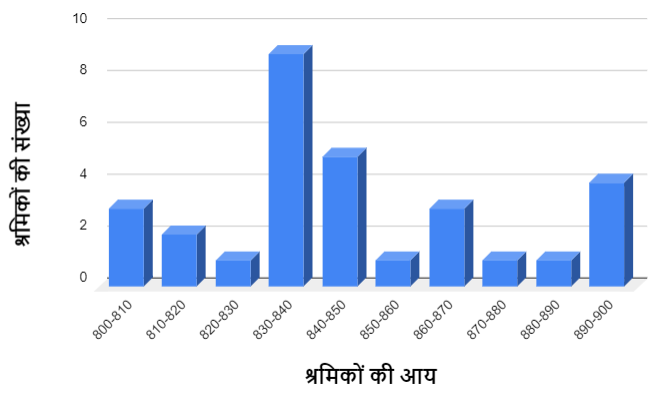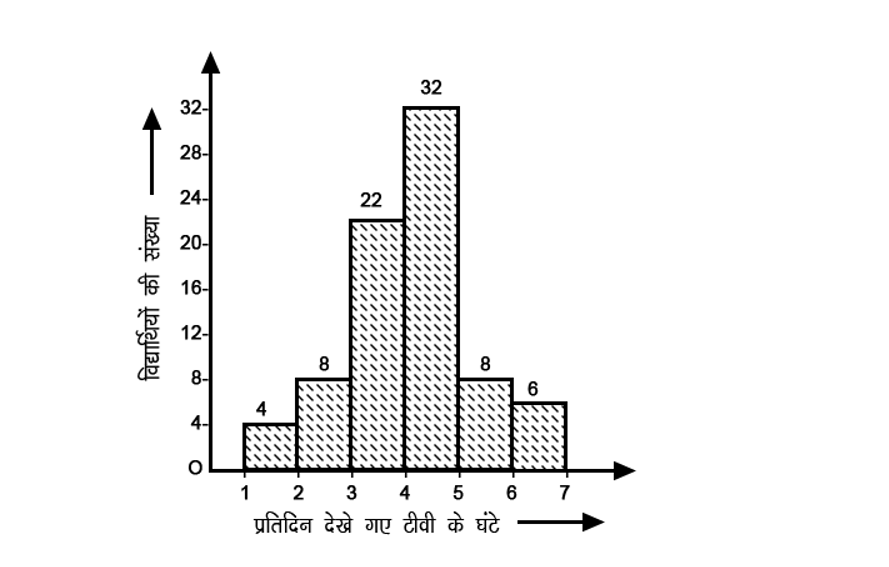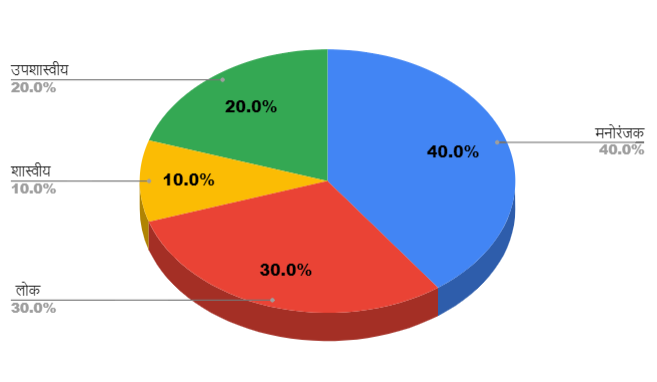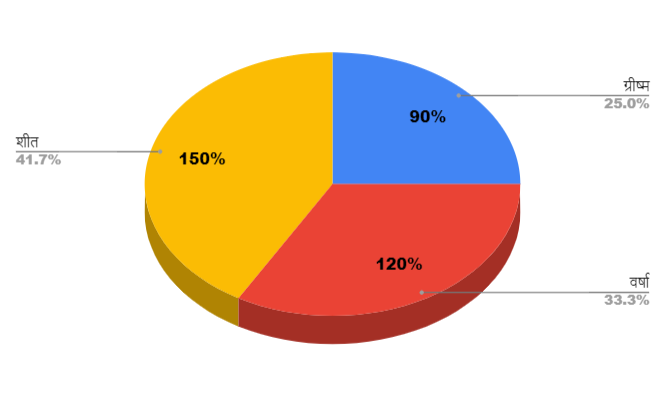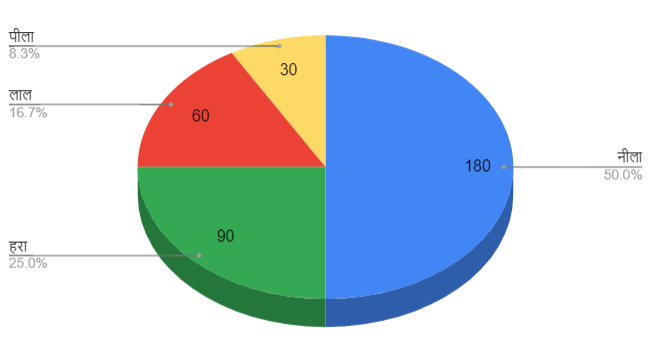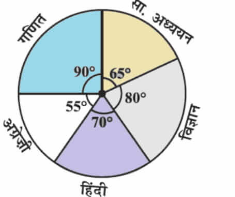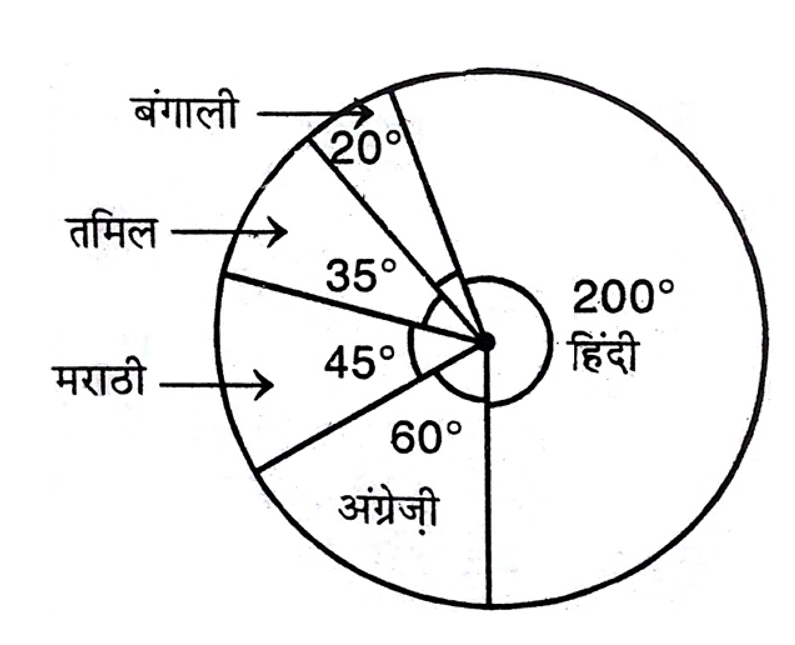Step-by-Step Solutions For Class 8 Maths Chapter 5 In Hindi - Free PDF Download
FAQs on NCERT Solutions For Class 8 Maths in Hindi Chapter 5 Data Handling (2025-26)
1. Where can I get the accurate solution for NCERT Solution for Class 8 Maths Chapter 5?
The NCERT solutions are designed by subject matter experts with extensive dedication and consideration. The language used is easily comprehensible, helping the student to grasp the concepts without any doubts. Moreover, the exercises present have detailed and explanatory solutions helping the student in every step making the understanding process every easier. A student can avail of these solutions on the website of Vedantu (vedantu) where he can access free PDFs of every chapter and practice to score well in examinations. Students can also download the mobile app of Vedantu and study the solutions anywhere, anytime, free of cost.
2. Is it necessary to solve each problem provided in the NCERT Solution for Class 8 Maths Chapter 5?
It becomes important to solve every problem provided in the NCERT Solution for Class 8 NCERT Solutions for Class 8 Maths Chapter 5 and understand the basic concepts and patterns in order to be able to solve those in the examination as well. The NCERT solution can be availed on the website of Vedantu as it helps and assists the students in understanding these concepts in a detailed and explanatory manner with the help of simple and compact language helping them get familiarized with the concepts of Data Handling.
The various exercises help the students in understanding the pattern of different questions that may be asked in the examination. With practice, students can polish and strengthen their concepts, which helps in scoring good grades.
3. What are the important topics of chapter Data Handling?
The important topics in this chapter include the understanding of;
Frequency, which presents the number of times a particular entry might have occurred.
Grouped frequency distribution, where the data is grouped and presented systematically.
This grouped data is presented using the histogram, which is a bar diagram, where the Class intervals are shown using the horizontal axis, and the frequency of the Class interval is shown by the heights of the bar.
This data can also be presented using the circle graph or the pie chart.
When an outcome cannot be predicted in advance, it is termed a random experiment.
These are a few important topics that come under this chapter. The NCERT Solutions provide the students with all the basic concepts and topics that they need to know to get a clear understanding.
4. Is CBSE Class 8 Maths tough?
With practice, nothing remains tough anymore. The NCERT Solutions for Class 8 Maths help the students in practicing and strengthening their concepts, which clears all their doubts and makes all the basic concepts crystal clear. These exercises are designed by subject matter experts, keeping in mind the needs of the students. The language used is clear and compact, helping the students to understand the concepts easily. Moreover, the various exercises presented to the students have detailed, thorough and all-inclusive answers making every step of the student smooth and easy, which helps the student to familiarize themselves with the concepts of Data Handling.
5. What is Data Handling?
The raw information collected by an observer is called the data or the raw data. This information is collected in context with the situation that the observer might want to study. This data collected is the unorganized form of data that needs to be organized. The process of organization gives us the frequency of that particular data, which is the number of times that a particular entry may have occurred. Therefore, the data usually available to us is unorganized data or the raw data, which needs to be organized systematically to draw meaningful inferences from it. This is done with the understanding of Data Handling.
























